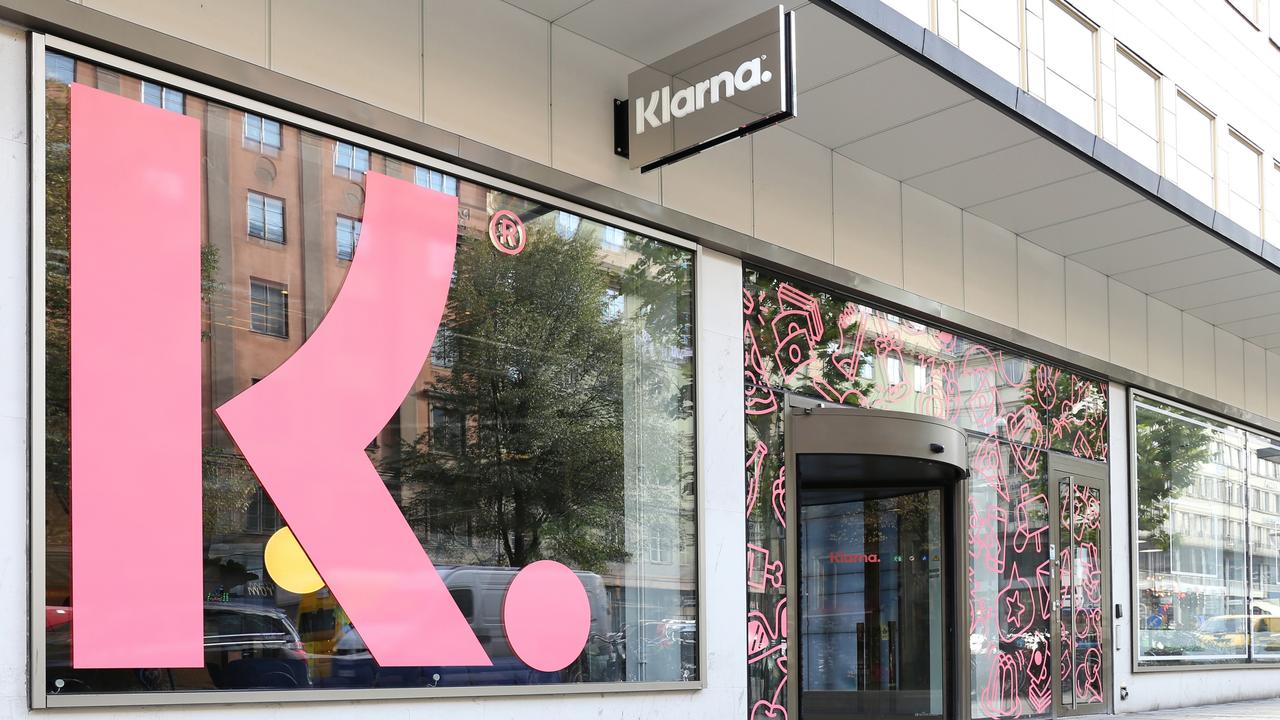Commonwealth Bank’s Matt Comyn faces a trillion dollar question on housing
The banking boss is holding his nerve in the face of an economic storm. But has Matt Comyn called it right?

Commonwealth Bank has become Australia’s first trillion-dollar bank, with its lending book passing over benchmark in the past six months, putting it in the league of global mega-banks.
More than half of these loans are tied up in housing, which means the bank should be seen as a proxy for Australia’s consumer economy. And despite the global storm and fear around property hits, chief executive Matt Comyn – who last year took home $6.9m in pay – is keeping a cool head.
Indeed, the latest 11 per cent jump in full-year cash profit to $9.6bn was partly helped by CBA releasing some of the funds it set aside during the Covid pandemic to protect against lending losses emerging. This seems an unusual step in an environment that is being deliberately slowed by policymakers, and Comyn is calling out a “short, sharp contraction” in the economy.
The trillion-dollar question is, has Comyn got the call right?

The Reserve Bank has hiked the cash rate by 1.85 percentage points so far this year, with more to come in the current cycle.
CBA is slightly more conservative than others expecting the cash rate will peak at 2.6 per cent, where others, including Westpac, are tipping a 3.35 per cent.
Comyn says a cash rate above 3 per cent “is not out of the question” but adds there has been a high degree of uncertainty around interest rate speculation, with the market forecast of where the cash rate will peak falling by almost a third since June.
Consumer confidence has fallen to the lowest level since the global financial crisis, which is now starting to be felt on spending.
Even with household balance sheets in a strong position, the effects of the rising rates will be “unevenly felt”, he says in an interview.
“We’re certainly very well prepared for that,” he says. “And we recognise it’s also going to cause some challenges for individual customers.”
Stress test
Comyn believes that the RBA faces a narrow path to contain inflation without a hard economic landing but is of the firm belief that it will be able to navigate the way through. But in the background, Comyn and his team have been stress-testing his $1 trillion balance sheet for the risk of sharp stagflation.
Included in these tests is a situation of “extremely adverse” economic conditions, where the economy shrinks 4.7 per cent this calendar year and unemployment shoots up to almost 10 per cent next year, inflation continues to burn, while house prices fall a combined 25 per cent over the next three years. These numbers have been used to help guide current provisioning levels.
On balance, CBA is more than $1.8bn over-provisioned in the case of the mild slowdown. If the worst-case modelling happens, it would only need to lift its current bucket of provisions by another $1bn. This means that about 90 per cent of $6.1bn in loans deemed at risk would be covered. And this still represents a fraction of CBA’s lending book.

One vulnerability is that 40 per cent of CBA’s mortgage customers are on a fixed rate and most of these loans are set to mature in the next two years as borrowers move across from low pricing to the new higher cash rates.
This represents a huge pressure point for the bank with billions of dollars of loans set to be reset each month – including a monster $11bn worth of loans next June. When you are the biggest home lender, it also represents an opportunity for smaller rivals eyeing CBA’s 25 per cent market share in mortgages as a chance to pick up customers using discounted pricing.
CBA is already feeling the squeeze on this front because income from home loans went backwards last year and retail banking profit margins fell. But Comyn insists he is not going to stand still, with a significant amount of work being done in retaining the customers. But this will come with decisions around trade-offs between volume, pricing and lending risk, he adds.
He also hopes to use CBA’s edge in technology to get to the customers early, particularly with home loans being increasingly written through digital channels.
Green bank
CBA has become the latest of the big four lenders to detail its climate lending polices, with the bank also tightening its ambition limits on global warming to 1.5C by the end of the century from 2C previously. The shift follows CBA last year signing on to the increasingly powerful Net-Zero Banking Alliance, which sets out a green framework for banks. National Australia Bank and Westpac are also signed on to the global alliance.
CBA expects Australia’s transition to a net-zero emissions economy will require between $2.5 trillion to $3 trillion of investment by 2050, likening this similar in scale to the investment made in Australia’s mining boom over a decade from the early 2000s.
Key to changes is a 53 per cent reduction in lending to carbon intensive electricity generation by the end of this decade as well as increasing lending to renewable generation and storage.
Elsewhere, CBA has promised to quit thermal coal entirely by 2030 and lower oil and gas exposure by a third from an already smaller lending book. Comyn says there is room to move in the targets with the bank’s own ambitions and ultimately will be guided by “what’s in the best interest of the country” for the renewables transition.
Klarna countdown
Of focus too is the bank’s investment in Swedish buy-now, pay-later player Klarna, where valuations across the entire sector have been smashed. The privately-held Klarna is now valued in CBA’s books at $408m, which means its 5 per cent stake implies the fintech company is valued at a little over $8.1bn. After watching the bubble inflate in just three short years, CBA is now slightly behind its initial $433m entry price.

To show how aggressively valuations have come off across buy-now, pay-later: this time last year, CBA’s stake in Klarna was valued at $2.7bn, giving the company an implied valuation of a whopping $54bn. CBA participated in Klarna’s recent $US800m funding round where it tipped in $47m, but sat out of the inflated one last year.
Comyn says he “remains confident on the medium to long-term outlook” for Klarna, pointing out the business has a profitable European operation and has reset its growth ambitions in the US. Klarna gives CBA visibility in the European banking market and remains CBA’s partner in buy-now, pay-later, which despite being out of favour with investors, is favoured by a new generation of customers. Comyn also adds CBA has not only been adjusting the market value on the way up, it has been quick to do this on the way down as well.
johnstone@theaustralian.com.au
More Coverage
Originally published as Commonwealth Bank’s Matt Comyn faces a trillion dollar question on housing





